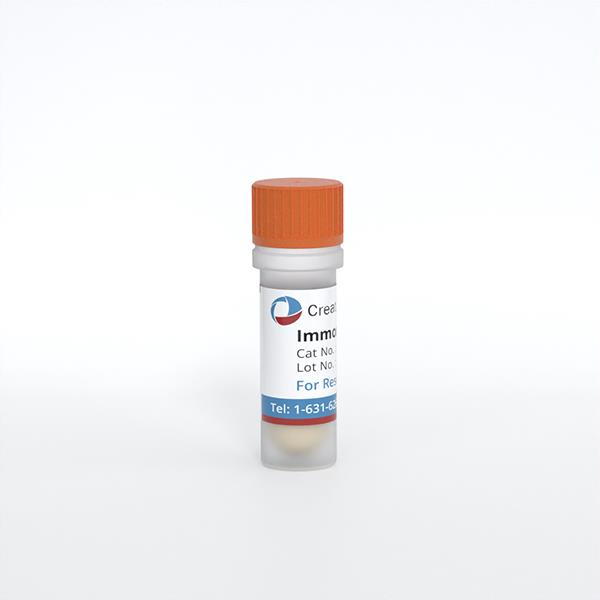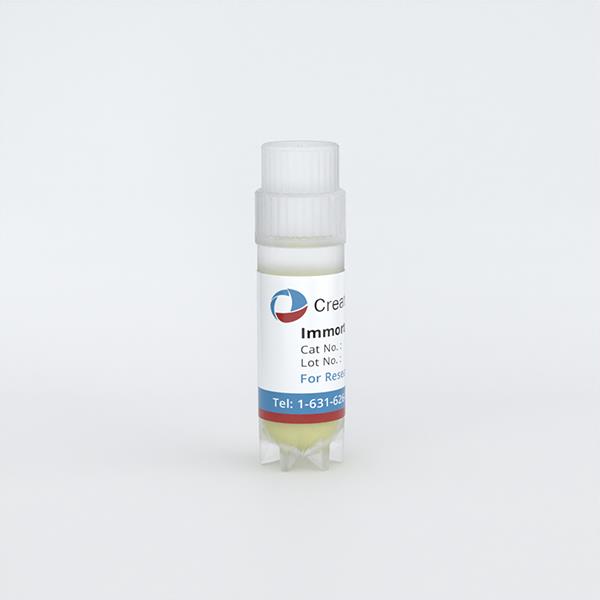
Immortalized Mouse Schwann Cells (IMS32)
Cat.No.: CSC-I9219L
Species: Mus musculus
Source: Brain
Morphology: Spindle-shaped
Culture Properties: Adherent
- Specification
- Q & A
- Customer Review
Cat.No.
CSC-I9219L
Description
Schwann cells are valuable tools for diabetic neuropathy pathogenesis involving glycation, reduced regenerative capability, oxidative stress, and other neurodegenerative diseases. The Immortalized Mouse Schwann Cells express glial cell markers (S100, GFAP, p75NTR); transcription factors involved in Schwann cell development and peripheral myelin formation (Krox20, Oct6, PAX3, and SOX10); and neurotrophic factors (NGF, BDNF, GDNF, and CNTF). In the presence of growth factors, such as PDGF-BB, aFGF, bFGF, or TGF-β1, these cells exhibit mitogenic reponses. The IMS32 cells may be used to study action mechanisms involved in peripheral nerve regeneration, and as an in vitro model to assess the pathogenesis of neurological diseases.
Species
Mus musculus
Source
Brain
Culture Properties
Adherent
Morphology
Spindle-shaped
Immortalization Method
Spontaneous Immortalization
Application
For Research Use Only
Storage
Directly and immediately transfer cells from dry ice to liquid nitrogen upon receiving and keep the cells in liquid nitrogen until cell culture needed for experiments.
Note: Never can cells be kept at -20 °C.
Note: Never can cells be kept at -20 °C.
Shipping
Dry Ice.
Recommended Products
CIK-HT003 HT® Lenti-SV40T Immortalization Kit
Quality Control
Immunoreactivity to cell markers
BioSafety Level
II
Citation Guidance
If you use this products in your scientific publication, it should be cited in the publication as: Creative Bioarray cat no.
If your paper has been published, please click here
to submit the PubMed ID of your paper to get a coupon.
Ask a Question
Write your own review
Related Products
Featured Products
- Adipose Tissue-Derived Stem Cells
- Human Neurons
- Mouse Probe
- Whole Chromosome Painting Probes
- Hepatic Cells
- Renal Cells
- In Vitro ADME Kits
- Tissue Microarray
- Tissue Blocks
- Tissue Sections
- FFPE Cell Pellet
- Probe
- Centromere Probes
- Telomere Probes
- Satellite Enumeration Probes
- Subtelomere Specific Probes
- Bacterial Probes
- ISH/FISH Probes
- Exosome Isolation Kit
- Human Adult Stem Cells
- Mouse Stem Cells
- iPSCs
- Mouse Embryonic Stem Cells
- iPSC Differentiation Kits
- Mesenchymal Stem Cells
- Immortalized Human Cells
- Immortalized Murine Cells
- Cell Immortalization Kit
- Adipose Cells
- Cardiac Cells
- Dermal Cells
- Epidermal Cells
- Peripheral Blood Mononuclear Cells
- Umbilical Cord Cells
- Monkey Primary Cells
- Mouse Primary Cells
- Breast Tumor Cells
- Colorectal Tumor Cells
- Esophageal Tumor Cells
- Lung Tumor Cells
- Leukemia/Lymphoma/Myeloma Cells
- Ovarian Tumor Cells
- Pancreatic Tumor Cells
- Mouse Tumor Cells
Hot Products

